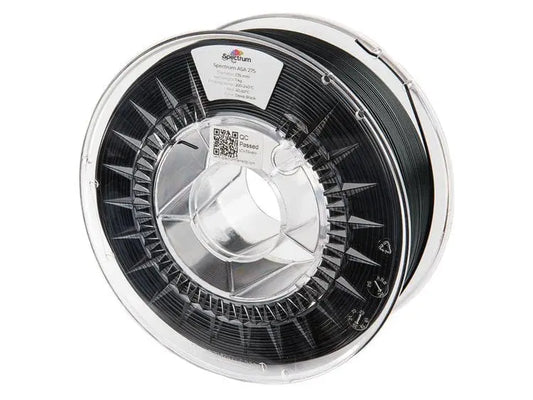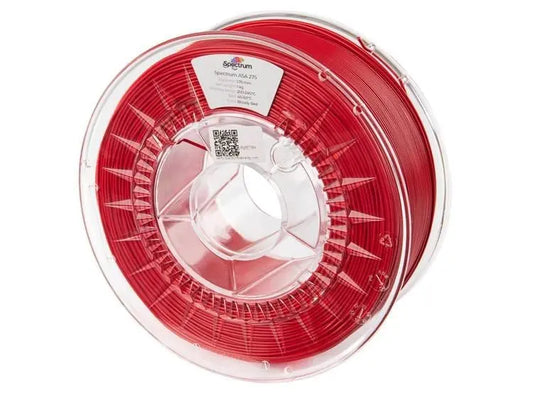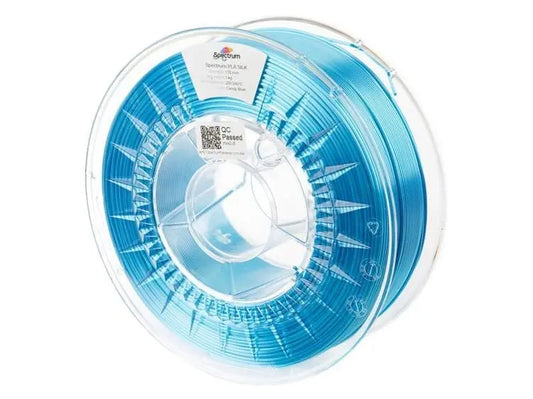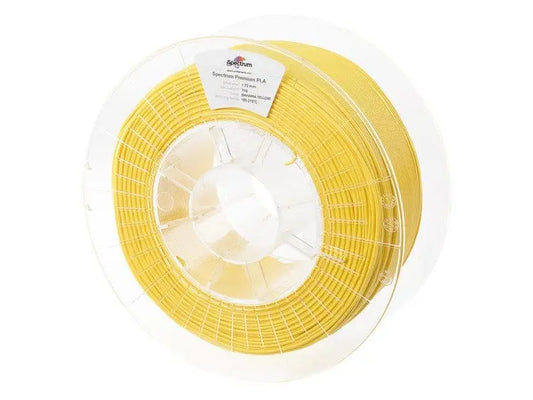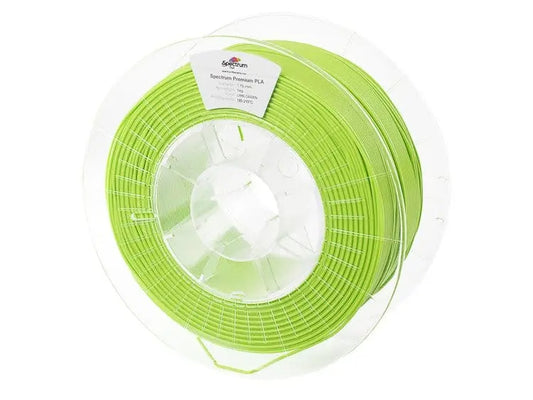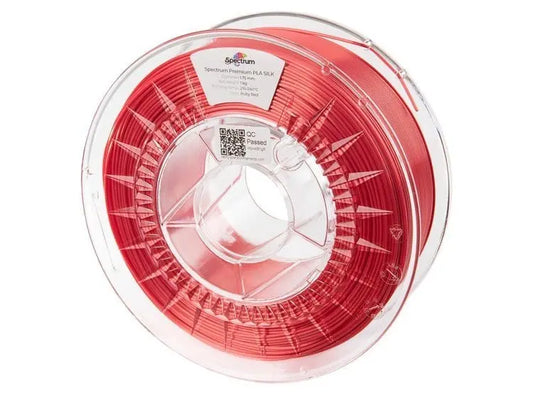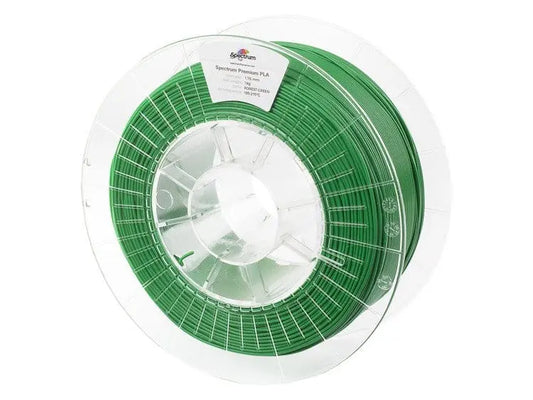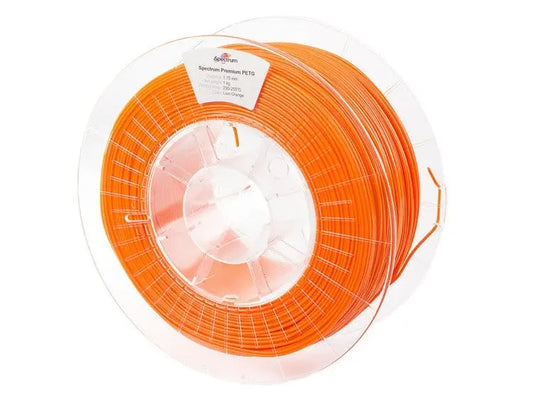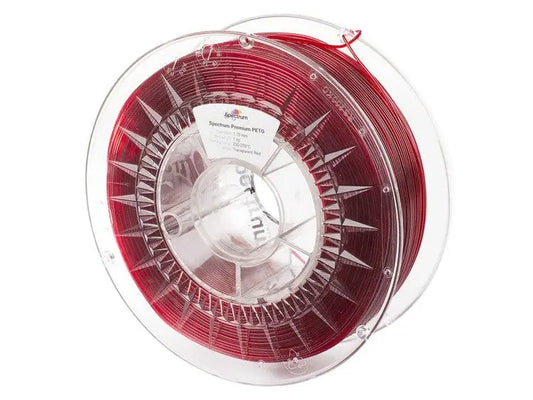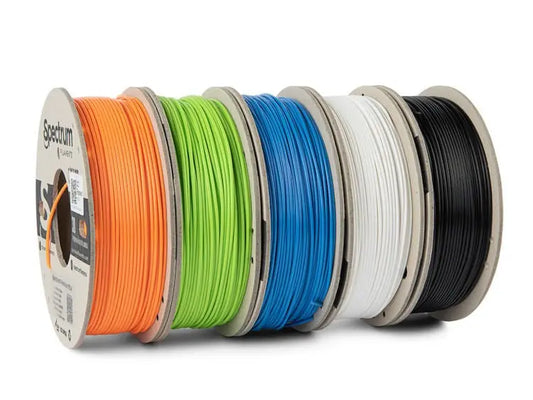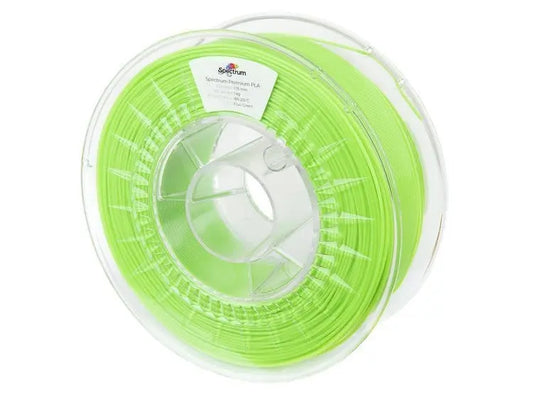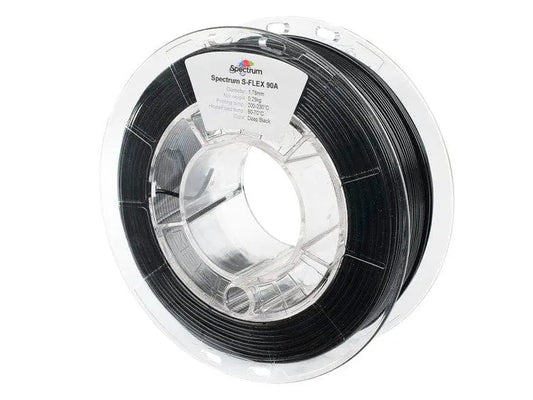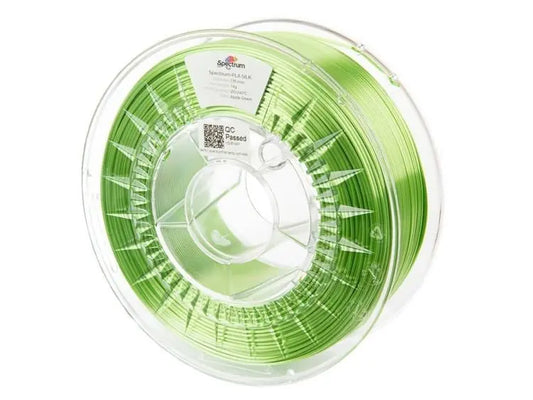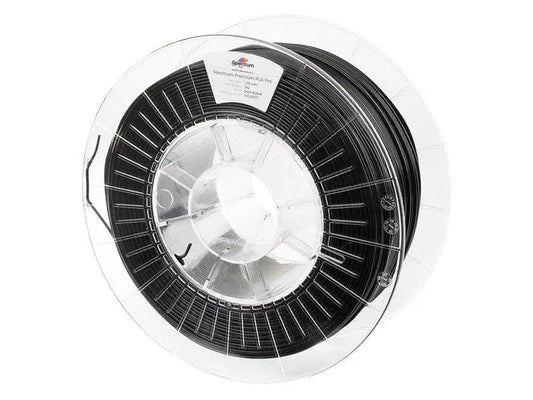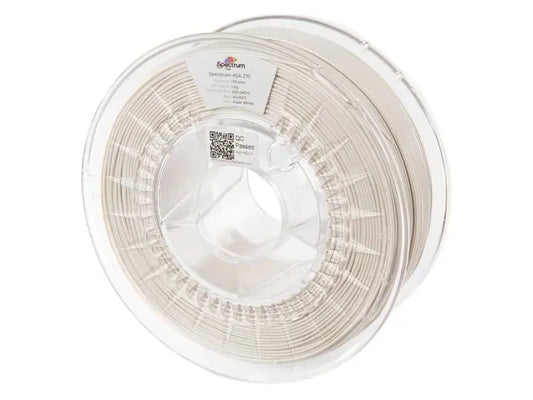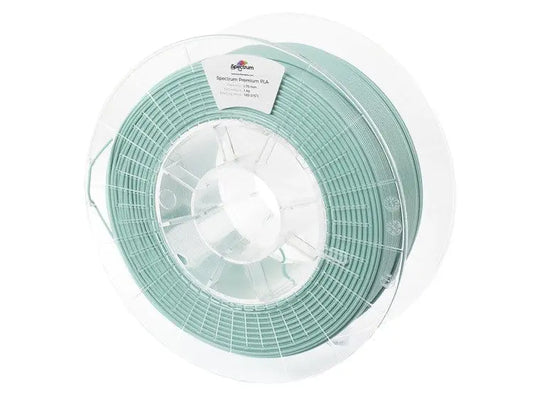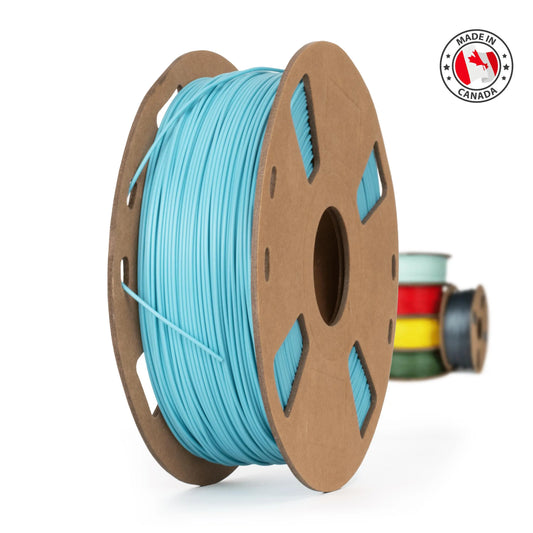3D Printing USA offers you a line of premium 3D printing filaments from top-rated brands to empower your creative innovations. From standard PLA and PETG to specialty materials like TPU and PC, we have it all in store. You can choose from a diverse range of colors, diameters, spool sizes, and weights to suit your project needs. Our filaments are engineered for high performance, ensuring precise and reliable printing results every time.
Explore our range of superior 3D printing filaments and bring your most ambitious projects to life with precision.
3D Printer Filament Brands Available in Our Collection
Here is a list of 3D print filament brands available in our collection:
3D Printing USA
We not only source but even manufacture our own filaments. Our core focus is on creating various types of PLA, PETG, TPU, and specialty materials available in hues ranging from standard black, red, white, and silver, to options like glow in the dark, gradient, and many others. You can find 3D printing filaments in 2 diameters, including 1.75mm and 2.85mm.
3DXTech
A highly renowned brand, 3DX Tech, offers a comprehensive range of filaments, including engineering-grade materials such as CF (Carbon Fiber) filament, PA Nylon, PC Polycarbonate, ULTEM/PEI, and PEEK/PEKK. These filaments are specially designed for precision and detail-oriented engineering projects, providing exceptional strength, thermal properties, and durability.
Creality
Creality provides a variety of common filaments like PLA and PETG, known for their ease of use, non-toxic nature, and versatile applications in 3D printing. These filaments are suitable for a wide range of projects, including hobbyist modeling, prototyping, and creating decorative items.
Matter3D
You can choose from an assortment of artistic filaments by Matter3D, including PLA Silk, Polychromatic Silk, Matte PLA, Pearl PLA, Wood PLA, Metal PLA, and Glow In The Dark PLA. These filaments cater to artistic and decorative printing needs, providing smooth, shiny finishes, metallic effects, pearlescent sheens, and even glow-in-the-dark properties for unique creations.
NinjaTek
NinjaTek's flexible filaments, such as TPU and X920, are known for their unmatched durability, bendability, and flexibility. These filaments are ideal for creating soft and flexible 3D essentials, including phone cases, prototypes, and other artistic creations that require a balance of softness and strength.
Spectrum
If you are looking for high-quality PLA and PETG filaments, go for Spectrum Filaments, a brand known for 3D printing materials in FDM technology. These are available in a range of vibrant colors & finishes and are suitable for various 3D printing projects, allowing for customization.
Zaxe
With Zaxe, you get high-quality PLA and ABS 3D printer filaments, ensuring reliability for general 3D printing needs. The filaments from this brand are highly affordable and used extensively to create functional prototypes, tooling, and also molds that can be burnt away.
How to Choose the Best Filaments for Your 3D Printer?
Here are points to consider when selecting the right filament for your 3D printer:
Choosing Filament Types Based on Their Application
PLA (Polylactic Acid)
Properties: Biodegradable, easy to print, low warping, suitable for beginners.
Ideal application: Ideal for prototypes, toys, and educational purposes.
ABS (Acrylonitrile Butadiene Styrene)
Properties: Strong, durable, higher temperature resistance, but prone to warping.
Ideal application: Good for functional parts and industrial applications.
PETG (Polyethylene Terephthalate Glycol)
Properties: Combines the ease of PLA with the strength of ABS. Less warping, food-safe variants are available.
Ideal application: Suitable for functional parts, containers, and mechanical parts.
TPU (Thermoplastic Polyurethane)
Properties: Flexible, elastic, and durable. Requires careful handling and slower printing speeds.
Ideal application: Ideal for phone cases, wearables, and gaskets.
Nylon
Properties: High-strength, flexible, and wear-resistant.
Ideal application: Best for mechanical parts and functional prototypes.
Evaluate Filament Diameter and Tolerance
- Common Diameters: 1.75mm and 2.85mm. Check your printer’s specifications for compatibility.
- Tolerance: Higher tolerance filaments (e.g., ±0.02mm) ensure consistent extrusion and better print quality. Look for filaments with tight tolerances.
Ease of Printing
When starting with 3D printing, opting for a filament that's easy to use can significantly improve your learning curve and overall printing experience. PLA (Polylactic Acid) is often recommended for beginners due to its user-friendly properties.
Price and Availability
Consider your budget when choosing a filament. Some are more expensive than others, and thus be aware of how costs vary in different filament types.
Printer Compatibility
Not all filaments are compatible with every 3D filament printer, so it's essential to verify that your printer can handle the type of filament you intend to use.
Frequently Asked Questions
What are the most common types of 3D printing filaments?
The most common types of 3D print filaments are PLA (Polylactic Acid), ABS (Acrylonitrile Butadiene Styrene), PETG (Polyethylene Terephthalate Glycol), TPU (Thermoplastic Polyurethane), and Nylon.
What are the different filament diameters used in 3D printing?
The most common filament diameters used in 3D printing are 1.75mm and 2.85mm. These diameters are standard across most 3D printers, and filament spools are usually specified with one of these diameters.
How should 3D printing filaments be stored to prevent damage?
To prevent damage and preserve the quality of 3D printing filaments, consider the following storage instructions:
- Airtight Containers: Store filaments in airtight containers or resealable bags with desiccants to prevent moisture absorption, which can lead to print quality issues.
- Avoid Sunlight and Heat: Keep filaments away from direct sunlight and heat sources to prevent filament degradation or warping.
- Clean Environment: Store filaments clean and free from dust and debris to prevent clogs in the printer's extruder.
- Organized Storage: Neatly organize filaments and label them for easy identification to avoid confusion during printing.
- Upright Storage: Store spools upright on holders or racks to prevent tangling and ensure smooth filament feeding during printing.
Can different types of filaments be used interchangeably on the same 3D printer?
Different types of 3D print filaments can generally be used interchangeably on the same 3D printer, provided that the printer is compatible with the filament diameter and has the required temperature settings for each filament type.



